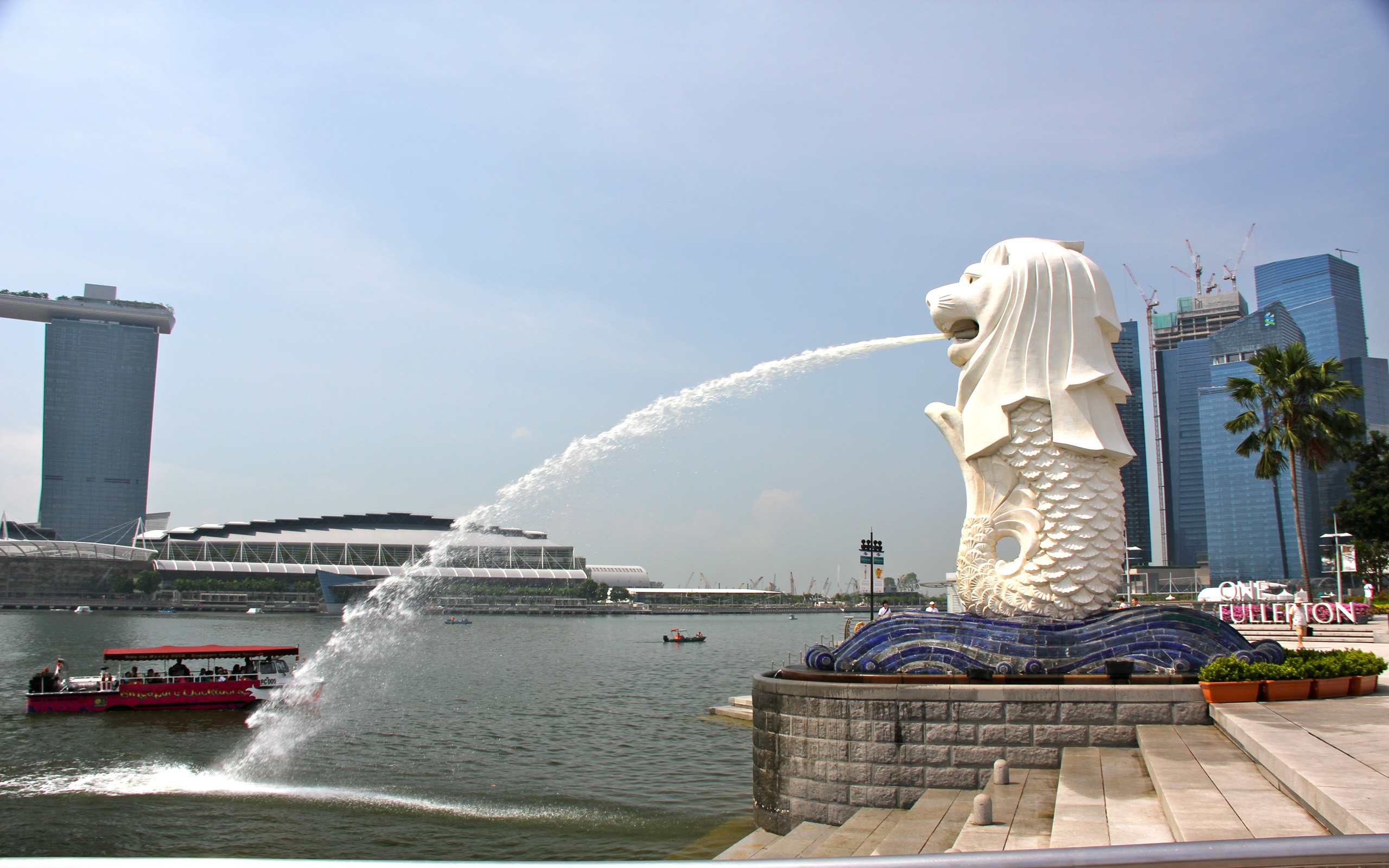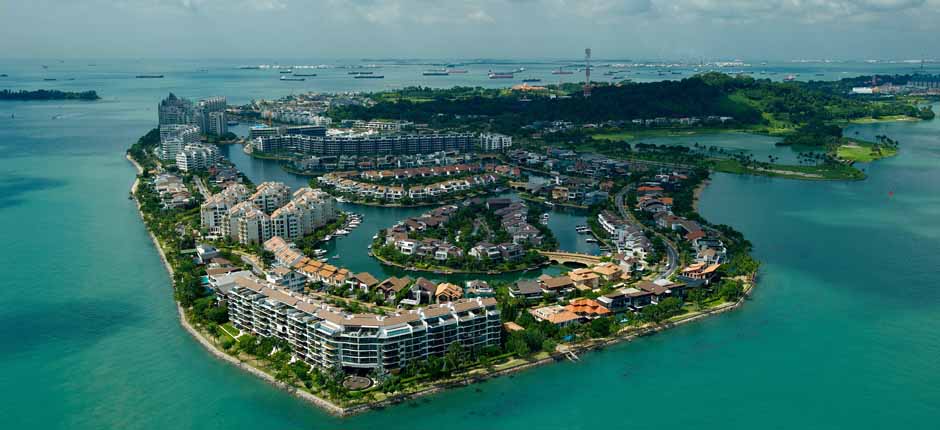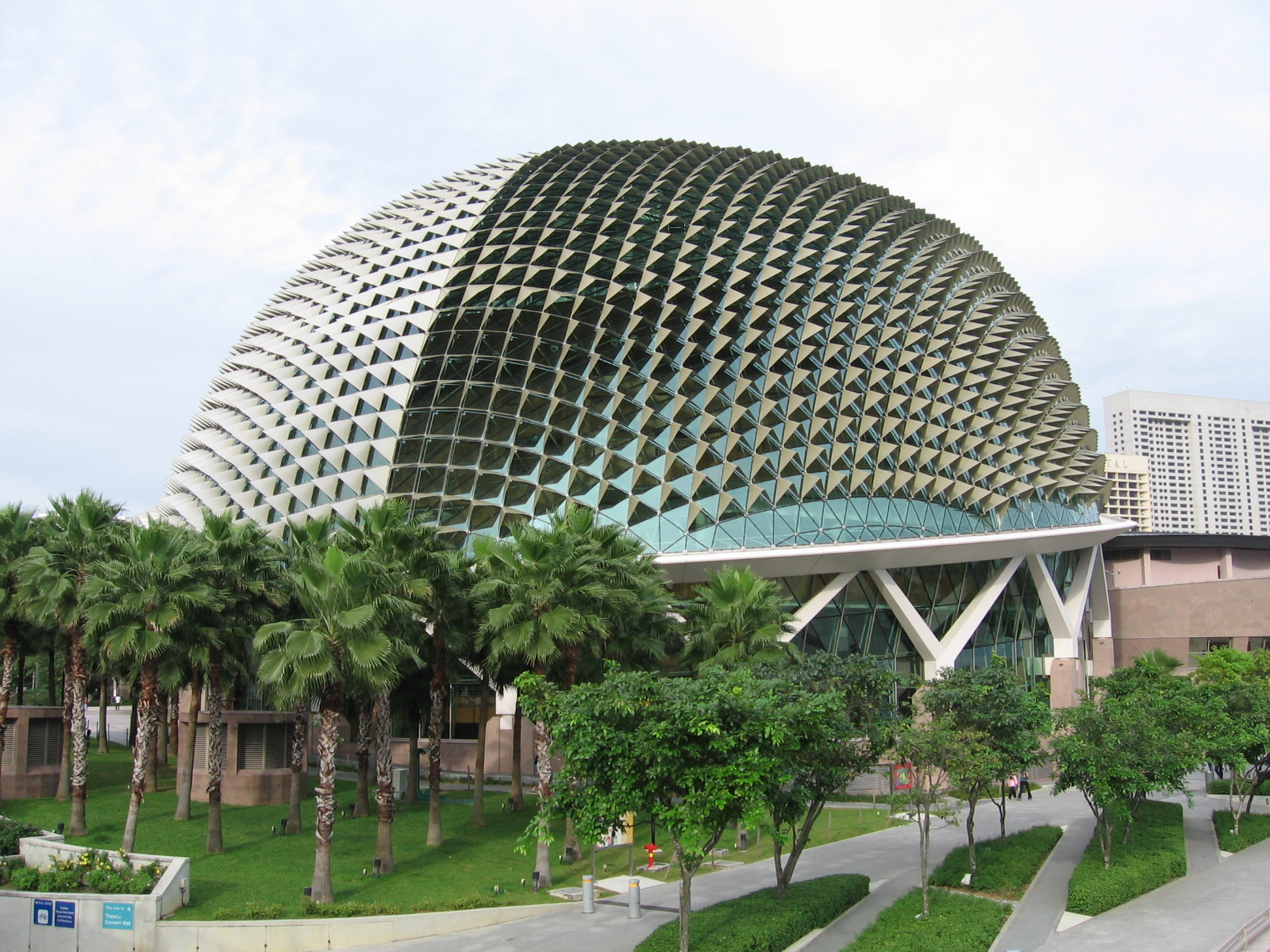Singapore /Singapore /Singapore
Sight Address : 140 Hill Street, Singapore 179369, Singapore.Edit
Detail InformationEdit
The MICA Building, home to the Ministry of Information, Communications and the Arts (MICA), is a colonial landmark located at the junction of River Valley Road and Hill Street. It was officially opened in 1934 and was the largest government building in Singapore during the 1930s. It used to house the Hill Street Police Station and Barracks and is thus now also known as the Old Hill Street Police Station (OHSPS). The MICA building, with all of its 911 windows painted in a myriad of colours like green, red, yellow and blue, is sure to catch your eye as you explore the Civic District trail. Its vibrant exterior and revamped internal space makes it the ideal venue for large-scale exhibitions and performances. The space was a former site for the Assembly Rooms, a space for public functions, and another building that once housed a theatre and school between 1845 and 1856. First erected in 1934 as the Old Hill Street Police Station (OHSPS), the police station was the largest government building then, and already considered a modern skyscraper. It was gazetted as a national monument and given a new lease of life in 1998, and now houses the Ministry of Information, Communication and The Arts (MICA), which moved from the PSA Building in 2000. With its arcades and central courtyards designed in a Neo-Classical style, events are often held in the newly-refurbished and now air-conditioned ARTrium (main courtyard).
HistoryEdit
Between 1845 and 1856, the Assembly Rooms — a space for public functions and a building that housed a theatre and a school — occupied the current site of the Old Hill Street Police Station.The Old Hill Street Police Station building is the site of Singapore’s first jail. Following a meeting of soldiers in the Alexandra Barracks in 1915, the Singapore Police Force was reorganised. As a result of the reorganisation, from 1915 to 1935, the Singapore Police Force built several police stations to deal with increasing Chinese secret society activities. To provide vehicular access behind the building, the steep slopes of Fort Canning had to be cut back and shored up. In 1934, the Hill Street Police Station and Barracks was opened by Director of Public Works and Adviser for Malay States, G. Sturrock, who was also a Fellow of the Royal Institute of British Architects (FRIBA). In addition to the standard facilities for a police station, there were living quarters for policemen and their families.During the Japanese Occupation, Hill Street Police Station was used by the Kempeitai as a holding area for prisoners and some say, as torture chambers. After the war, it reverted to being a police station. The Arms and Explosives Branch of the Police Department operated there from 1949 to 1981.In the 1960s, a new housing scheme gave police personnel the option to live in government-built accommodation. Police staff gradually moved out, with the last occupant leaving in 1979. Two years later, the station was closed and, after renovations, the building was renamed Hill Street Building in 1983. It housed the Official Consignee, the Official Trustees, Public Receiver and the Archives and Oral History Department (now the National Archives) and other government departments.Today, it is used by the Ministry of Information, Communications and the Arts (MICA) and other associated departments and statutory boards, including the National Arts Council, the National Heritage Board and the Media Development Authority.
Must SeeEdit
Must see
Visiting TimeEdit
10am – 5pm
Closed OnEdit
N.A.
Best Season to VisitEdit
June to July and November to December.
Best Time To VisitEdit
N.A.
Time Required for SightseeingEdit
N.A.
Ticket Required : No Edit
Individual National Adult : N.A.
Kids : N.A.
Individual Foreigner Adult : N.A.
Kids : N.A.
Still Photo Camera : N.A.
Video Camera : N.A.
Guide Required : No Edit
Approximate cost: N.A.
Dress Code (If Any) : No Edit
Dress Require: N.A.
Restaurants NearbyAdd / Edit
How to ReachEdit
Taxi : Taxis are generally very hard to get during peak hours (Mon-Fri 7:00am – 9:30am and Mon-Sat 5:00pm – 8:00pm) and on rainy days. If you are at a hotel, have conceirge call you a taxi. If you are out about town and have access to a cell phone- calling for a taxi will cut your wait time by 20 to 30 minutes. All taxis are fitted with meters; all are air conditioned; the majority of the taxis are 5-seaters; about 90% of taxis have radiophones; call booking is done via GPS or digital voice dispatch. All passengers must fasten their seat belts by law.
For taxi Booking fee is SGD $2.3. Minimum fare for taxi is SGD $3 for first 1Km. Fare above minimum fare until 10Km is SGD $0.55 per Km. Fare above 10Km is charge SGD $0.628 per Km. Taxi Waiting charges per hour is SGD $17.6. Peak Hours charges is diffrent.
Bus : Public buses run daily from 5.30am to midnight. Extended night services cost slightly more (a flat rate ranging from $1.50-$3.00). Otherwise, most fares depend on distance travelled and range from 67 cents to $1.58 for air-conditioned comfort (almost all public buses in Singapore have air-conditioning today). There are also “feeder” bus services that charge a flat rate of 67 cents. Each bus should not take more than 15 to 20 minutes to arrive at the bus stop.
Train : Singapore MRT system is very well connected to different parts of Singapore and very clean! If you have the time and plan to explore around little Sunny island, get the the Singapore Tourist Pass!
It runs 6am-12mn, fares start at S$1 (70cents in EZ link). Tickets can be purchased in all MRT stations. You just have to insert your money through the ticket machine. Rush hour’s usually 7am-9am, 11am-2pm and 4pm-7pm.
Air : Changi Airport is the country’s main airport. From the airport there are a number of ways to get into the city:
Taxi is easiest – simply follow the signs after clearing customs. Meters are always used in Singapore and prices are reasonable. A trip to the city during the day will be between $20-$30 including $3-5 airport surcharge. An additional 50% surcharge applies between midnight and 06:00.
Limousines charge a flat $50 to anywhere in the city and are a pretty good deal after midnight, as you can skip the queue and avoid the surcharge. The same pricing applies to chartering van-sized MaxiCabs, which are good for large families or if you have lots of baggage.
Shuttle – Shared six-seater MaxiCab shuttle service to designated areas/hotels costs $7 and can be booked in advance or in the arrivals hall. 6AM-2AM, every 15-30 min.
Subway – MRT trains run from a station between T2 and T3, but you’ll need to change trains at Tanah Merah to a city-bound train: just exit through the left hand side door and cross the platform. The 30 min ride to City Hall station costs $1.90 plus a refundable $1 deposit, and trains run 05:31-23:18.
Bus – Bus terminals can be found in the basements of T1, T2 and T3. 06:00-23:59 only. Fares are less than $2.00, exact fare required (no change given) if you pay cash.
Others : N.A.
Things to CarryEdit
Safety / WarningEdit
- Please be advised that all bags and personal items are subject to inspection.
HelplineEdit
- Police: 999
- Emergencies/Ambulance/Fire Brigade: 999
- Police Hotline: 1800 353 0000
- Non-emergency ambulance: 1777
- Flight Information (24-hours): 1800-542 4422
- Tourism Information (24-hours): 1800-736 2000
Gallery


